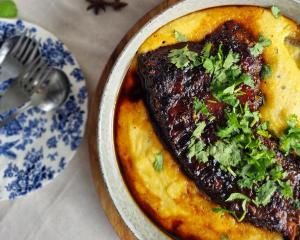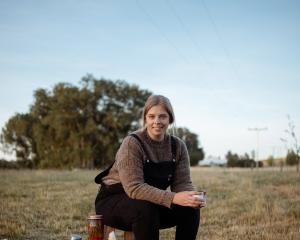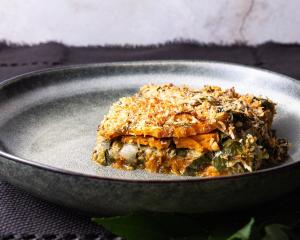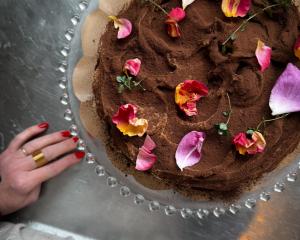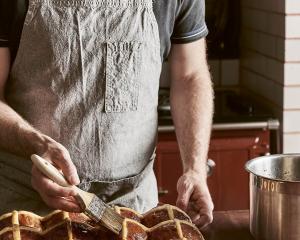
Her studies of what southern Maori ate before the arrival of Cook led her to realise that people could survive well by hunting and gathering wild food, even if they could not grow a staple food like kumara.
"If they know the ecology of their area sufficiently well and they have good preservation techniques and can mobilise enough people at key times of the year, they can survive well, but a small family would find it difficult. It requires something like a tribal social organisation for this to succeed," she said.
Most anthropologists thought hunters and gatherers constantly migrated from camp to camp and were surprised to find Murihiku Maori lived in permanent villages with well-constructed houses and large food storage buildings. There was a parallel with the peoples who carved totem poles in northwest North America and mesolithic people who lived around the Baltic, all of whom were hunters and gatherers rather than farmers, but nevertheless lived in villages like farmers, she said.
"A permanent village doesn't mean the occupants are permanent. The people, depending on their age and gender, would go and do the collecting and this village was the place they came back to. Some of the accounts suggest people just hunkered down in winter and that's why they needed well-built houses and food stores."
In winter they had time for crafts, telling stories and teaching and learning traditional wisdom.
They did as much food processing as they could in the summer months. The returns from gathering shellfish and fishing in winter would be too low for the amount of energy you would expend keeping yourself warm in a cold environment like the water or out at sea, she said.
"So it would be in your interests to process shellfish in summer and dry and store it so you didn't have to go into the water and risk hypothermia by winter gathering. We forget what it's like without wetsuits."
Coming from the tropical Pacific, the earliest inhabitants of Aotearoa would have been used to a diet based on carbohydrates, such as kumara, taro, yams, breadfruit and bananas, with small amounts of fish or bird meat as a "relish" to add savour or spiciness to an otherwise bland food, Prof Leach said.
"Nutritionists would like us to go back to something like that, but unfortunately the British tradition has elevated meat to a very high position. Although we have sayings like `bread is the staff of life' which has an echo of the binary thing, we put that aside when we became major agricultural meat producers and got our proportions rather different," she said.
"Southern Maori had very little plant food and worked very hard for what they did have."
There is little wild carbohydrate food in New Zealand, and where it was too cold to grow kumara, people ate fern root. They had to learn the time-consuming process of digging it, drying it, then roasting it in ashes. Sometimes it was pounded on a stone, but abrasive particles in it wore people's teeth down.
Other forms of starch were stems and tap-roots of young cabbage trees and tree fern which took a long time to cook in an umu, and highly poisonous plants like karaka (in warmer areas) and tutu which had to be processed in particular ways to get rid of the toxins.
However, fish, shellfish, eels, birds and seals were plentiful in the South.
"The high-protein diet must have been metabolically challenging for those first generations to go from a carbohydrate-based diet with a relish of flesh. All of a sudden they were eating large amounts of flesh, and that imposes dangers. If you don't have the right amount of fat with it, you'll get protein poisoning."
Protein poisoning, also known as rabbit starvation, was a problem for people such as Arctic travellers, who had to live off small animals such as rabbits, which are very lean. They became sick within three weeks because, to survive on a high-protein diet, you needed to eat a high proportion of fat, she said.
Interestingly, studies on the prehistoric Maori diet revealed that they were interested in seafood with the highest oil content and calories - eels, shellfish, muttonbird, barracouta, flounder at a certain time of year. Many of these are still favourites with local Maori, she said.
Although southern Maori did not practice horticulture, as soon as they got potatoes they grew them in little mounds in the same way their northern cousins grew kumara.
"It was clear they hadn't forgotten how to grow those," she said.


